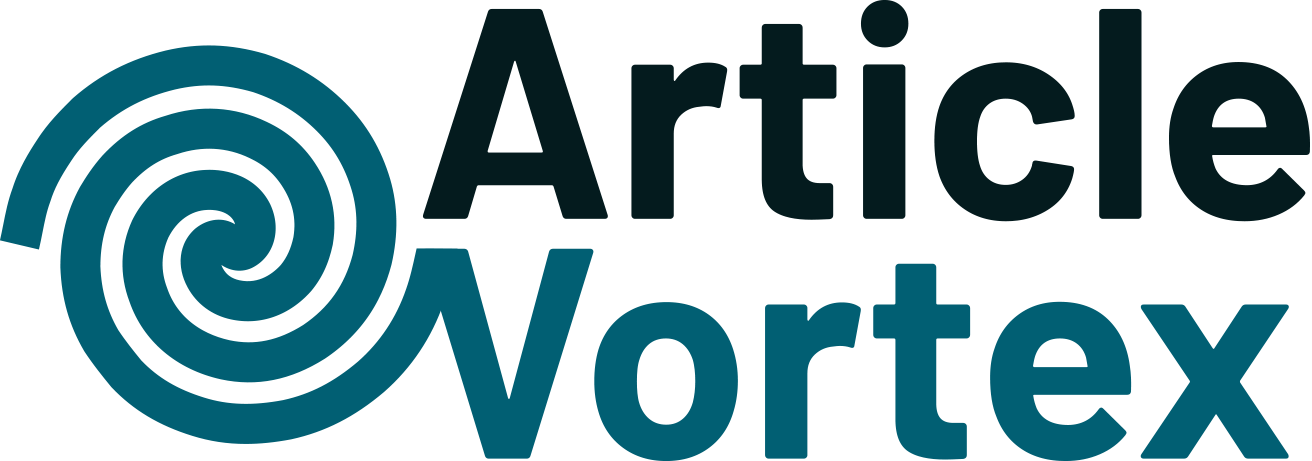Understanding the Role of a Graphic Designer
A graphic designer is someone who transforms ideas into visual masterpieces. Whether it’s creating a brand identity, developing marketing materials, or building user interfaces, graphic designers play a crucial part in how messages are communicated visually. Their work impacts everything from advertising campaigns to digital platforms, making it a versatile career path for those with a creative vision and an eye for detail. Many professionals begin their journey by enrolling in accredited graphic design courses that provide a foundation in essential design principles, software proficiency, and portfolio development.
Graphic designers often work across various media, including print, digital, and video. This diversity not only keeps the work engaging but also demands a wide range of skills. To succeed in this field, one must understand color theory, typography, layout design, and brand strategy. With the rise of digital platforms, the line between graphic design and web development has become increasingly blurred, leading to a growing demand for professionals trained in graphic design and web development courses.
Choosing the Right Educational Path
With the wide availability of education options, aspiring designers have the flexibility to choose programs that suit their schedules and learning styles. Traditional university programs offer structured learning environments, but many students today prefer the accessibility and convenience of graphic design schools online. These programs often mirror the curriculum of in-person courses while offering added flexibility for self-paced learning.
Some of the best graphic design programs online provide in-depth instruction in both foundational and advanced topics, preparing students for varied roles in the industry. When researching options, it’s important to look for programs that are comprehensive and well-regarded. Elements to consider include:
- Curriculum coverage (e.g., branding, UX/UI, motion graphics)
- Software training (e.g., Adobe Creative Suite)
- Portfolio-building opportunities
- Access to mentorship and peer feedback
- Accreditation and industry recognition
An advertising and graphic design degree can also open doors to specialized roles in marketing agencies, publishing, and digital content creation. Whether in a classroom or online, the key is to choose a program that aligns with your career goals and interests.
The Benefits of Learning Graphic Design Online
The demand for flexible learning has led to significant growth in online education. Many reputable institutions now offer an online graphic design degree, allowing students to gain qualifications without relocating or adjusting their work commitments. This accessibility has made it easier for people from all backgrounds to enter the graphic design field, bringing in a broader range of perspectives and creativity.
Online programs vary in format, but the best online graphic design programs typically include interactive assignments, video tutorials, and real-time feedback from experienced instructors. These courses often include hands-on projects that simulate real-world scenarios, helping students build a portfolio that showcases their skills to potential employers or clients.
Advantages of online learning include:
- Flexible scheduling for working professionals
- Access to global networks of peers and instructors
- Lower overall cost compared to traditional programs
- Opportunity to learn at your own pace
By selecting a program that is both accredited and well-structured, students can ensure they receive quality education that prepares them for the evolving demands of the design industry.
Combining Graphic Design with Web Development
As digital experiences become more central to communication and commerce, the overlap between graphic design and web development continues to grow. Professionals who can bridge both disciplines are increasingly valuable, making graphic design and web development courses a practical choice. These hybrid programs offer instruction in both design aesthetics and technical skills, such as coding and responsive design.
Understanding how design decisions impact user experience is essential when working on websites, apps, and other digital platforms. Designers who can implement their ideas directly into digital formats are especially in demand. These combined skills allow for:
- Greater creative control over projects
- Better collaboration with developers
- Faster turnaround times for digital deliverables
- Increased job opportunities and freelance potential
Whether you’re aiming to work in a startup, a creative agency, or as a freelancer, having expertise in both areas can expand your career options and improve your ability to deliver complete, polished projects.
Building Your Career as a Graphic Designer
Once you’ve completed your education, building a career in graphic design involves more than just technical proficiency. A strong portfolio is often the most critical tool in showcasing your talents to potential employers or clients. This portfolio should highlight a range of skills and styles, as well as demonstrate your ability to solve visual problems creatively. Many students begin assembling their portfolios during their studies, particularly in accredited graphic design courses that emphasize practical project work.
Networking also plays a significant role in career development. Participating in design communities, attending virtual conferences, and joining online forums can help you stay updated with industry trends and connect with professionals in the field. Additionally, certifications or an advertising and graphic design degree can help validate your expertise and open up more opportunities.
Whether you’re seeking employment or planning to freelance, it’s important to keep learning and evolving. Design trends, software, and user expectations change rapidly, and staying current ensures your work remains relevant and impactful. Graduates from graphic design schools online often continue their education through short-term workshops or advanced courses to sharpen their skills and adapt to new challenges.
Conclusion: Turning Your Vision into Reality
Graphic design is a dynamic field where creativity meets technology. For aspiring designers, there are now more pathways than ever to develop your skills and turn your ideas into compelling visual work. Whether you pursue an online graphic design degree or enroll in graphic design and web development courses, the key is to find a program that supports your growth and aligns with your goals.
Investing in your education through graphic design schools online or accredited graphic design courses can provide the foundation you need to start a fulfilling career. As you advance, consider exploring the best online graphic design programs and specialized options like an advertising and graphic design degree to deepen your expertise. With the right training and commitment, you can build a professional path that allows you to express your creativity while contributing meaningful design solutions to a wide range of industries.












